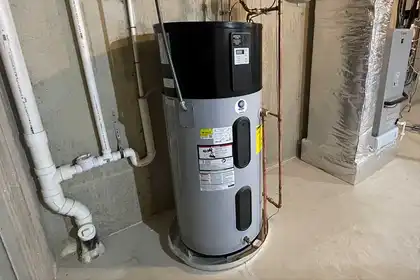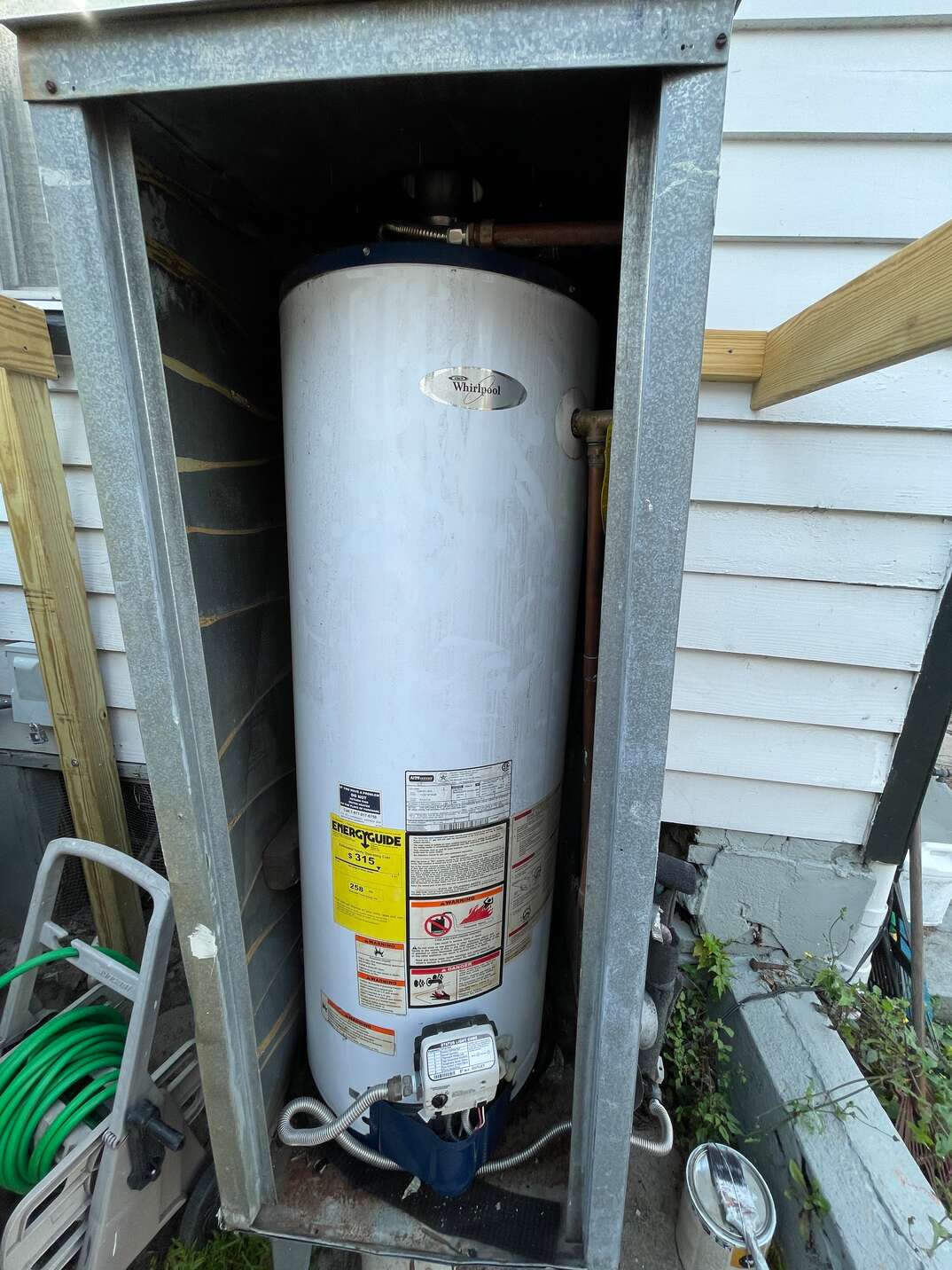DIY Hot Water Heater Installation: Necessary Actions for Success
When taking into consideration a DIY water heater installation, it is necessary to come close to the job with a methodical attitude, as the process involves several essential steps that can dramatically influence both safety and security and performance. Choosing the appropriate water heating unit for your details requirements is just the beginning; preparing the installment location and comprehending the required devices and materials are similarly important.
Selecting the Right Hot Water Heater
When picking a water heating system, it is vital to consider numerous essential factors to ensure optimum performance and performance - water heater installation Brea. To start with, examine the kind of water heating unit that finest matches your requirements. Choices include tankless, tank, and warm pump hot water heater, each offering distinctive benefits in regards to energy effectiveness and area demands
Following, assess the capability needed for your household. A larger household might call for a device with a greater gallon capacity or a tankless system that can supply continuous hot water. It's likewise critical to consider the energy resource; common options include electrical, natural gas, and propane. Each energy type has ramifications for installation prices and long-term energy expenses.
Energy effectiveness is an additional important aspect. Try to find systems with a high Power Factor (EF) rating, as these models consume less power and can substantially decrease energy costs. Additionally, check for guarantees and brand name dependability, as these can suggest the durability and upkeep requirements of the system. By very carefully evaluating these variables, you can pick a hot water heater that aligns with your household's specific requirements, ensuring convenience and effectiveness for several years to come.
Tools and Products Needed
Effectively installing a hot water heater needs not only the ideal selection of unit yet likewise the ideal tools and products. Before getting started on your DIY task, ensure you have an extensive checklist of things to help with a smooth installment process.
Essential devices consist of a monkey wrench, adjustable pliers, and a screwdriver collection (both flathead and Phillips), which will certainly help you handle numerous fittings and links. In addition, a drill with appropriate bits is essential for mounting brackets or making any kind of required holes. For safety and security, a voltage tester is important, specifically when taking care of electrical hot water heater.
You will certainly likewise require a flexible water supply line, which can be either braided stainless steel or PVC, depending on your choices and neighborhood codes. By gathering these materials and devices in advance, you established the stage for a successful water heater installation.
Getting Ready For Setup
Before beginning the setup of your hot water heater, it is essential to assess the setup website to ensure it fulfills all essential needs. Begin by verifying that the location is well-ventilated, especially for gas water heaters, to prevent the visit this site build-up of harmful gases. Examine for the schedule of needed connections, consisting of water supply lines and electric outlets, guaranteeing they are in great problem and appropriately located.

This proactive technique not just guarantees compliance with neighborhood building codes however additionally enhances the longevity and effectiveness of the water heating unit. Appropriate prep work sets the stage for a smooth installment procedure and aids prevent unforeseen problems.
Step-by-Step Installation Process
With the preparation complete and all needed analyses performed, the following stage entails the detailed installation of your hot water heater. Begin by making sure that the new system is positioned correctly, aligning it with the existing pipes and electric links. For tank-type hot water heater, connect the chilly water supply line to the inlet, normally marked in blue, and the hot water line to the outlet, usually assigned in red. Use Teflon tape on threaded joints to avoid leakages (water heater installation Brea).
Next, safeguard the temperature level and pressure safety valve, which is vital for safety. Affix the discharge pipeline to this valve, guiding it towards the flooring or an appropriate drainage area. For electric versions, link the power supply by removing the cables and securing them to the heating system's terminals according to the producer's guidelines.
If you are setting up a useful reference gas water heating unit, ensure the gas line is attached effectively and look for leakages using a soap option. Links are made, fill up the storage tank with water prior to turning on the power or gas supply. Lastly, allow the hot water heater to reach the wanted temperature and look for any kind of leaks around all links.
Ensuring Safety And Security and Efficiency
Consistently guaranteeing safety and security and efficiency during the installment and procedure of your water heater is important for optimum efficiency and long life. Begin by picking a suitable location that adheres to regional structure codes and offers appropriate air flow. Make certain that the location is without combustible materials and has adequate area for maintenance and assessments.

After setup, conduct routine look at the system to find leakages, corrosion, or unusual noises. Set the thermostat to a safe temperature, generally around 120 ° F, to avoid scalding and improve energy efficiency. Insulate pipelines to lower warm loss, which adds to decrease power expenses.
Final Thought
In verdict, successful Do it yourself water heating unit installation hinges on careful preparation and execution. Choosing the suitable water heating system, preparing Related Site the setup location, and adhering to a methodical installation process are essential actions.
When considering a Do it yourself water heater installation, it is necessary to approach the job with a methodical attitude, as the process includes numerous essential steps that can dramatically impact both safety and security and efficiency.Before starting the installation of your water heating system, it is critical to examine the installation website to guarantee it meets all necessary requirements. For tank-type water heating systems, connect the chilly water supply line to the inlet, typically marked in blue, and the hot water line to the electrical outlet, normally designated in red.Regularly making sure safety and security and efficiency during the installment and procedure of your water heater is vital for optimum performance and longevity. Choosing the suitable water heater, preparing the installation area, and complying with an organized setup procedure are important actions.